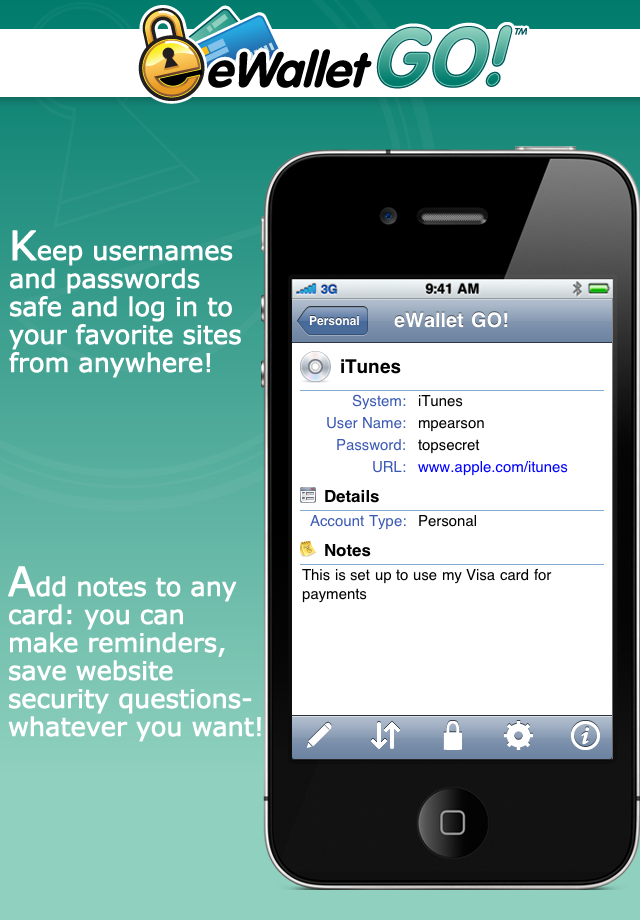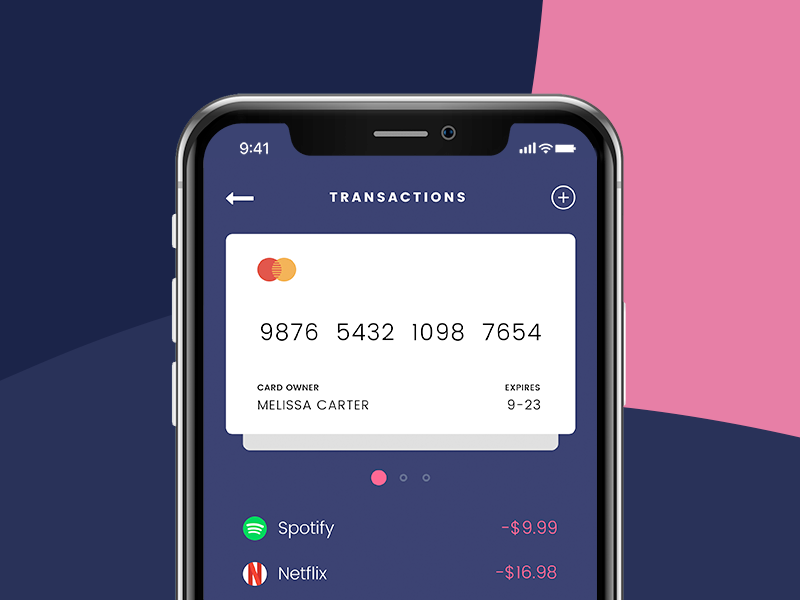

For this reason, developers of FinTech apps must adopt the appropriate safety measures to safeguard user information and keep doubts that hinder e-wallet adoption at bay. Unlike Asia and the Pacific, western cultures, in general, are more reluctant to adopt mobile payment solutions due to safety fears. Additionally, by the end of the same year, only 1% of the USA population and 5% of the UK were using e-wallets. A 2019 study by Statista showed that 65% of smartphone owners have fears about fraud and identity theft, which is why they’re not using mobile wallets. This lag in adoption rates, however, can be explained by Americans having mobile payment security concerns. In contrast, the US lags on mobile wallet adoption with a mere 29%, inferior to the 81% adoption rate in China. Furthermore, according to Visa, 79% of the transactions carried out in Australia are done electronically, with only 21% in cash transactions. These apps’ popularity has grown to reach almost $1449.56 billion in 2020, with $ 5399.6 billion forecasted by 2026. We Chat Pay (Market leader with 600 million users).Some send and receive money (P2P), others enable payments through the web, and others offer contactless payment options. Banks can create e-wallets for their users to handle payments and accounts, or they can come from third-party providers with different sets of features. What makes e-wallet apps so attractive is that they are a safe, fast, touch-less, and reliable alternative to physical payment methods. Some e-wallets can even interact with a mobile phone’s SIM card, allowing them to work without an internet connection. Depending on whom the e-wallet app’s users are, you can implement payment methods such as QR codes or Near Field Communication ( NFC ) compatibility to facilitate transactions. Unlike traditional banking apps, e-wallet apps allow users to add an amount of cash, or a card number, directly on the app to pay online or in a physical establishment. In layman’s terms, they are the digital version of a real wallet. Plus, those figures will undoubtedly keep growing, and mobile payment solutions will become the norm in days to come.Īs with any form of sensitive digital data exchange, some questions arise: Are these payment solutions safe? Are developers enforcing the appropriate security measures to keep their users’ data protected? What are these security measures, and how important are they? Let’s find out.ĭigital wallets-or e-wallet apps-are software-based app that allows users to link their bank accounts, store their cards digitally, manage crypto activities, or add funds to make online payments using a mobile device. To drive this point home, the E-commerce Foundation found that more than 25% of the consumers make weekly retail-related purchases via mobile devices. Many governments and companies from various industries, particularly retail, are taking digitized approaches to payments. These types of apps, however, aren’t only benefitting financial institutions and their client base. Among this proliferation of FinTech apps, digital wallets, or e-wallet apps, are pushing cashless interactions forward. Still, it has become ever more popular during the pandemic due to the increasing demand for cashless, touch-less transactions.įinTech initiatives have driven the search for a cashless society for the last years, and countless apps and platforms have spawned. Indeed, the exponential growth in mobile device usage has nudged it forward. For this reason, financial technology-or FinTech-has become a dynamic digital force that has disrupted the way people conduct payment transactions. Everything from banking to insurance has been subjected to modernization and imbued with technologies, such as e-wallet apps, to offer alternative payment solutions.


The financial sector hasn’t been immune to the technologies that have permeated industries worldwide.


 0 kommentar(er)
0 kommentar(er)
